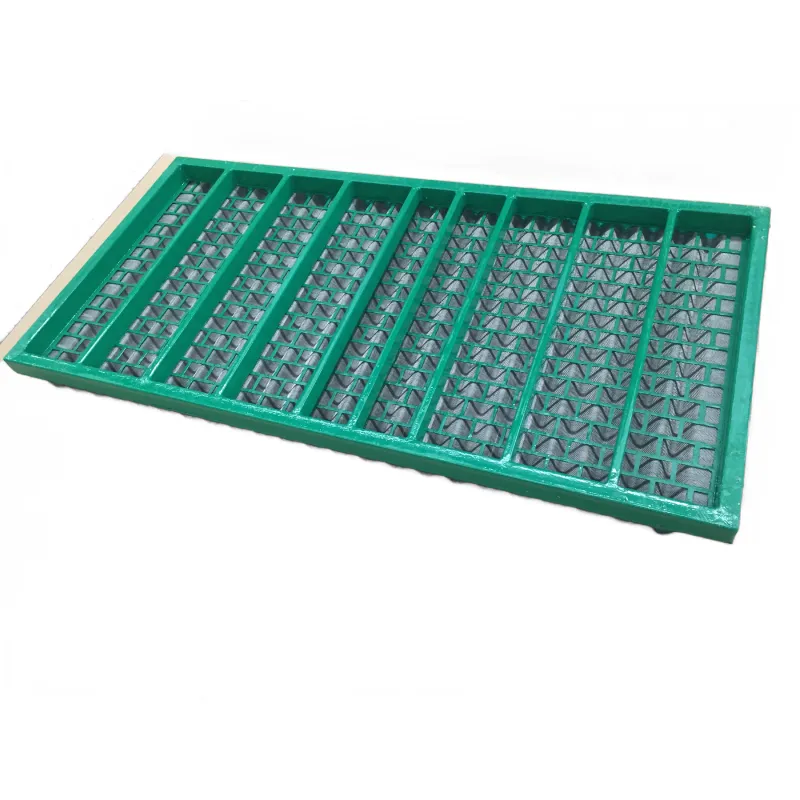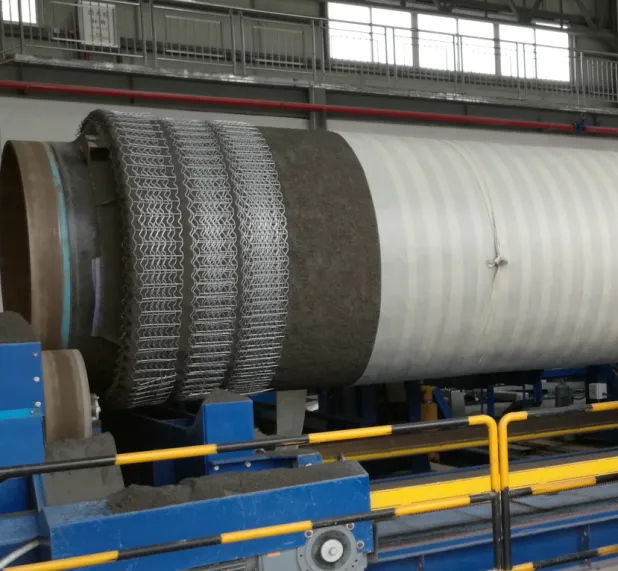- Industrial zone, South of Anping Town, Hengshui, Hebei, China.
- sales@hfpetromesh.com
- +86-18931809706
 Afrikaans
Afrikaans  Albanian
Albanian  Amharic
Amharic  Arabic
Arabic  Armenian
Armenian  Azerbaijani
Azerbaijani  Basque
Basque  Belarusian
Belarusian  Bengali
Bengali  Bosnian
Bosnian  Bulgarian
Bulgarian  Catalan
Catalan  Cebuano
Cebuano  Corsican
Corsican  Croatian
Croatian  Czech
Czech  Danish
Danish  Dutch
Dutch  English
English  Esperanto
Esperanto  Estonian
Estonian  Finnish
Finnish  French
French  Frisian
Frisian  Galician
Galician  Georgian
Georgian  German
German  Greek
Greek  Gujarati
Gujarati  Haitian Creole
Haitian Creole  hausa
hausa  hawaiian
hawaiian  Hebrew
Hebrew  Hindi
Hindi  Miao
Miao  Hungarian
Hungarian  Icelandic
Icelandic  igbo
igbo  Indonesian
Indonesian  irish
irish  Italian
Italian  Japanese
Japanese  Javanese
Javanese  Kannada
Kannada  kazakh
kazakh  Khmer
Khmer  Rwandese
Rwandese  Korean
Korean  Kurdish
Kurdish  Kyrgyz
Kyrgyz  Lao
Lao  Latin
Latin  Latvian
Latvian  Lithuanian
Lithuanian  Luxembourgish
Luxembourgish  Macedonian
Macedonian  Malgashi
Malgashi  Malay
Malay  Malayalam
Malayalam  Maltese
Maltese  Maori
Maori  Marathi
Marathi  Mongolian
Mongolian  Myanmar
Myanmar  Nepali
Nepali  Norwegian
Norwegian  Norwegian
Norwegian  Occitan
Occitan  Pashto
Pashto  Persian
Persian  Polish
Polish  Portuguese
Portuguese  Punjabi
Punjabi  Romanian
Romanian  Russian
Russian  Samoan
Samoan  Scottish Gaelic
Scottish Gaelic  Serbian
Serbian  Sesotho
Sesotho  Shona
Shona  Sindhi
Sindhi  Sinhala
Sinhala  Slovak
Slovak  Slovenian
Slovenian  Somali
Somali  Spanish
Spanish  Sundanese
Sundanese  Swahili
Swahili  Swedish
Swedish  Tagalog
Tagalog  Tajik
Tajik  Tamil
Tamil  Tatar
Tatar  Telugu
Telugu  Thai
Thai  Turkish
Turkish  Turkmen
Turkmen  Ukrainian
Ukrainian  Urdu
Urdu  Uighur
Uighur  Uzbek
Uzbek  Vietnamese
Vietnamese  Welsh
Welsh  Bantu
Bantu  Yiddish
Yiddish  Yoruba
Yoruba  Zulu
Zulu
- Afrikaans
- Albanian
- Amharic
- Arabic
- Armenian
- Azerbaijani
- Basque
- Belarusian
- Bengali
- Bosnian
- Bulgarian
- Catalan
- Cebuano
- Corsican
- Croatian
- Czech
- Danish
- Dutch
- English
- Esperanto
- Estonian
- Finnish
- French
- Frisian
- Galician
- Georgian
- German
- Greek
- Gujarati
- Haitian Creole
- hausa
- hawaiian
- Hebrew
- Hindi
- Miao
- Hungarian
- Icelandic
- igbo
- Indonesian
- irish
- Italian
- Japanese
- Javanese
- Kannada
- kazakh
- Khmer
- Rwandese
- Korean
- Kurdish
- Kyrgyz
- Lao
- Latin
- Latvian
- Lithuanian
- Luxembourgish
- Macedonian
- Malgashi
- Malay
- Malayalam
- Maltese
- Maori
- Marathi
- Mongolian
- Myanmar
- Nepali
- Norwegian
- Norwegian
- Occitan
- Pashto
- Persian
- Polish
- Portuguese
- Punjabi
- Romanian
- Russian
- Samoan
- Scottish Gaelic
- Serbian
- Sesotho
- Shona
- Sindhi
- Sinhala
- Slovak
- Slovenian
- Somali
- Spanish
- Sundanese
- Swahili
- Swedish
- Tagalog
- Tajik
- Tamil
- Tatar
- Telugu
- Thai
- Turkish
- Turkmen
- Ukrainian
- Urdu
- Uighur
- Uzbek
- Vietnamese
- Welsh
- Bantu
- Yiddish
- Yoruba
- Zulu
فبراير . 01, 2025 01:06
Back to list
drainage pit grates
Drainage pit grates may not be the most glamorous subject, but their importance in urban planning, civil engineering, and everyday infrastructure cannot be overstated. These essential components of modern drainage systems facilitate the effective removal of surface water, mitigate flooding risks, and enhance public safety. Understanding the nuanced functions and broad applications of drainage pit grates not only highlights their indispensability but also underscores the expertise that goes into their design and selection.
The environmental impact of drainage pit grates, an often-overlooked aspect, is gaining importance as sustainable urban development becomes a priority. Manufacturers are now exploring recyclable and biodegradable materials that meet the necessary structural criteria while minimizing ecological footprints. Furthermore, innovative designs now integrate filtration systems within grates themselves, pre-treating water at the entry point to reduce pollutants flowing into water courses. In the realm of urban planning and infrastructure, drainage grates unite the efforts of numerous specialists - from designers and engineers to environmental scientists and urban planners. They exemplify the intersection of form and function, necessity and innovation. Expertise in this sector requires a keen understanding of regional climate conditions, urban density, and future growth projections, ensuring that drainage solutions are not only fit for purpose today but resilient against tomorrow's challenges. The authoritativeness in the domain of drainage pit grates derives from an in-depth knowledge of regulatory standards and best practices. Different regions may impose distinct specifications regarding materials, load requirements, and environmental considerations. Compliance with these standards is paramount, and failure to do so can have legal and financial repercussions. Thus, the authoritative voice is one that stays abreast of evolving regulations and technological advancements, advocating for compliance and innovation alike. The trustworthiness of solutions provided in the drainage grate market pivots on verification through rigorous testing and real-world validation. Products that boast certifications from recognized standards bodies lend confidence to distributers and end-users alike. Furthermore, case studies and testimonials from previous deployments offer valuable insights into a product's performance, reliability, and lifespan under diverse conditions, building a foundation of trust through demonstrated capability. While often an afterthought in urban design, drainage pit grates are cornerstones of effective and sustainable city planning. Their successful implementation encourages the flow of progress, ensuring cities remain safe, functional, and prepared for the elements. As societies grapple with the effects of climate change and increased urbanization, the role of drainage infrastructure will only grow, reinforcing the significance of expertise, authority, and trust in the field.


The environmental impact of drainage pit grates, an often-overlooked aspect, is gaining importance as sustainable urban development becomes a priority. Manufacturers are now exploring recyclable and biodegradable materials that meet the necessary structural criteria while minimizing ecological footprints. Furthermore, innovative designs now integrate filtration systems within grates themselves, pre-treating water at the entry point to reduce pollutants flowing into water courses. In the realm of urban planning and infrastructure, drainage grates unite the efforts of numerous specialists - from designers and engineers to environmental scientists and urban planners. They exemplify the intersection of form and function, necessity and innovation. Expertise in this sector requires a keen understanding of regional climate conditions, urban density, and future growth projections, ensuring that drainage solutions are not only fit for purpose today but resilient against tomorrow's challenges. The authoritativeness in the domain of drainage pit grates derives from an in-depth knowledge of regulatory standards and best practices. Different regions may impose distinct specifications regarding materials, load requirements, and environmental considerations. Compliance with these standards is paramount, and failure to do so can have legal and financial repercussions. Thus, the authoritative voice is one that stays abreast of evolving regulations and technological advancements, advocating for compliance and innovation alike. The trustworthiness of solutions provided in the drainage grate market pivots on verification through rigorous testing and real-world validation. Products that boast certifications from recognized standards bodies lend confidence to distributers and end-users alike. Furthermore, case studies and testimonials from previous deployments offer valuable insights into a product's performance, reliability, and lifespan under diverse conditions, building a foundation of trust through demonstrated capability. While often an afterthought in urban design, drainage pit grates are cornerstones of effective and sustainable city planning. Their successful implementation encourages the flow of progress, ensuring cities remain safe, functional, and prepared for the elements. As societies grapple with the effects of climate change and increased urbanization, the role of drainage infrastructure will only grow, reinforcing the significance of expertise, authority, and trust in the field.
Share
Latest news
-
Welded Steel Bar Grating: The Rugged Industrial Flooring Solution Built for Load and LongevityNewsJun.24,2025
-
Steel Walkway Grating: Reliable, Resilient, and Built for Every StepNewsJun.24,2025
-
Shale Shaker Screen for Sale: Optimize Drilling Efficiency with Precision Screening PowerNewsJun.24,2025
-
Shaker Screen for Sale: Elevate Your Drilling Efficiency with Durable Separation SolutionsNewsJun.24,2025
-
Press Locked Steel Grating: Industrial Strength with Precision Fit for Heavy-Duty ApplicationsNewsJun.24,2025
-
Perimeter Safety Netting: The Critical Safety Upgrade for Every HelipadNewsJun.24,2025